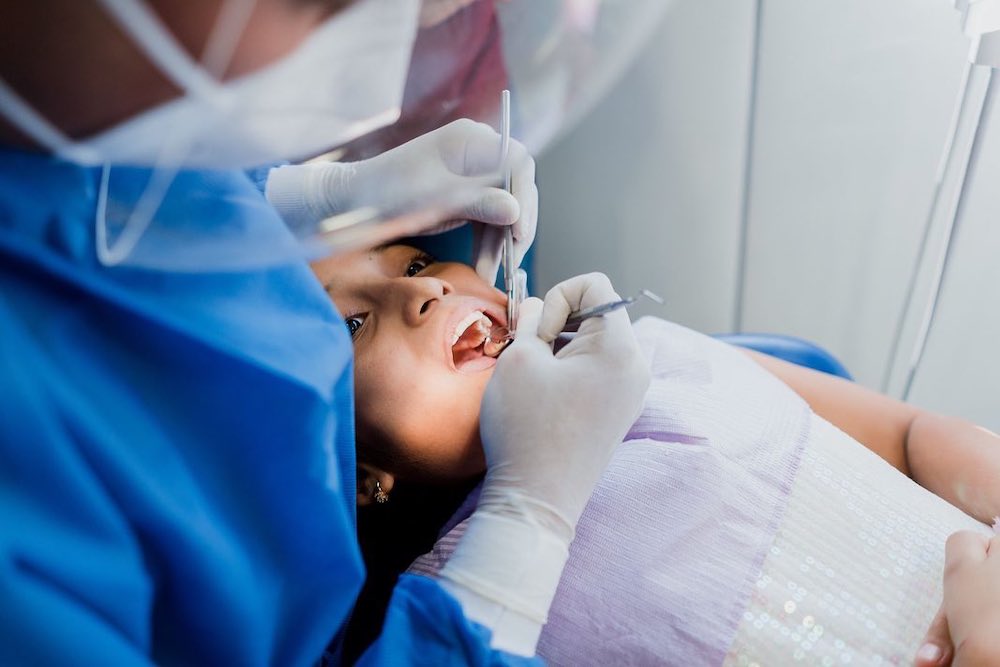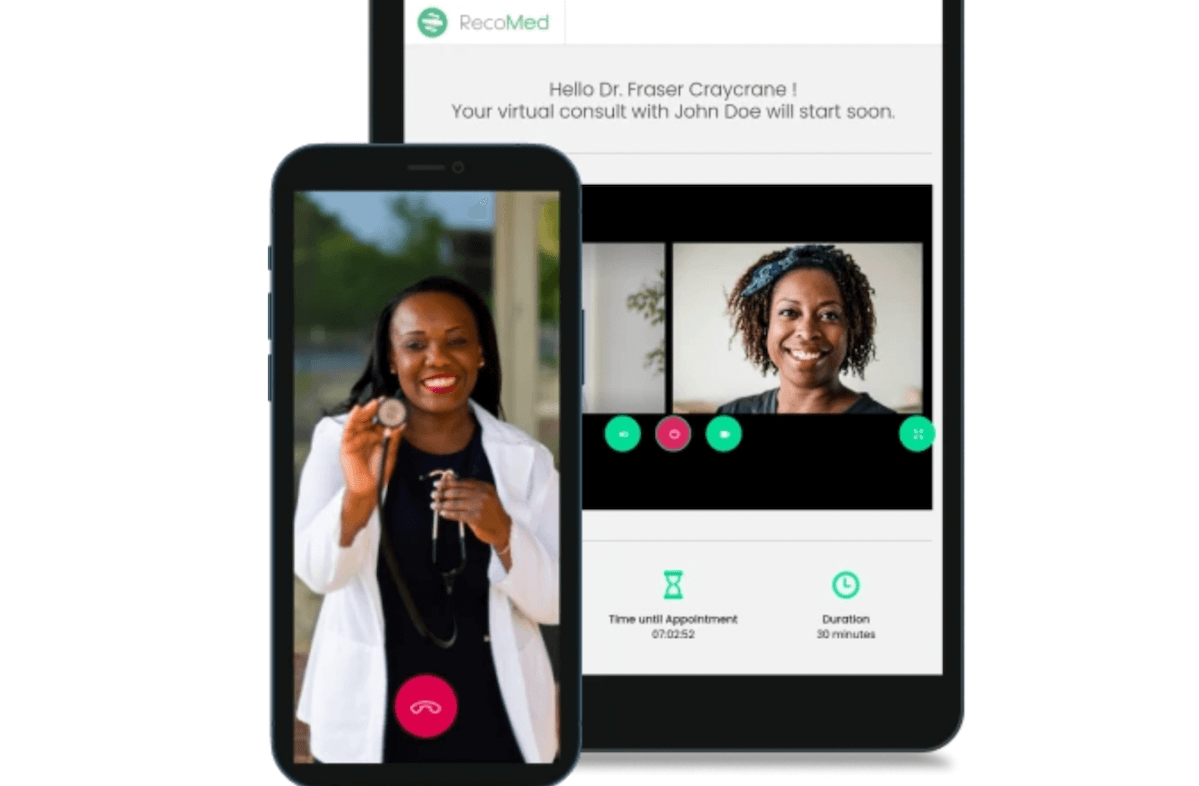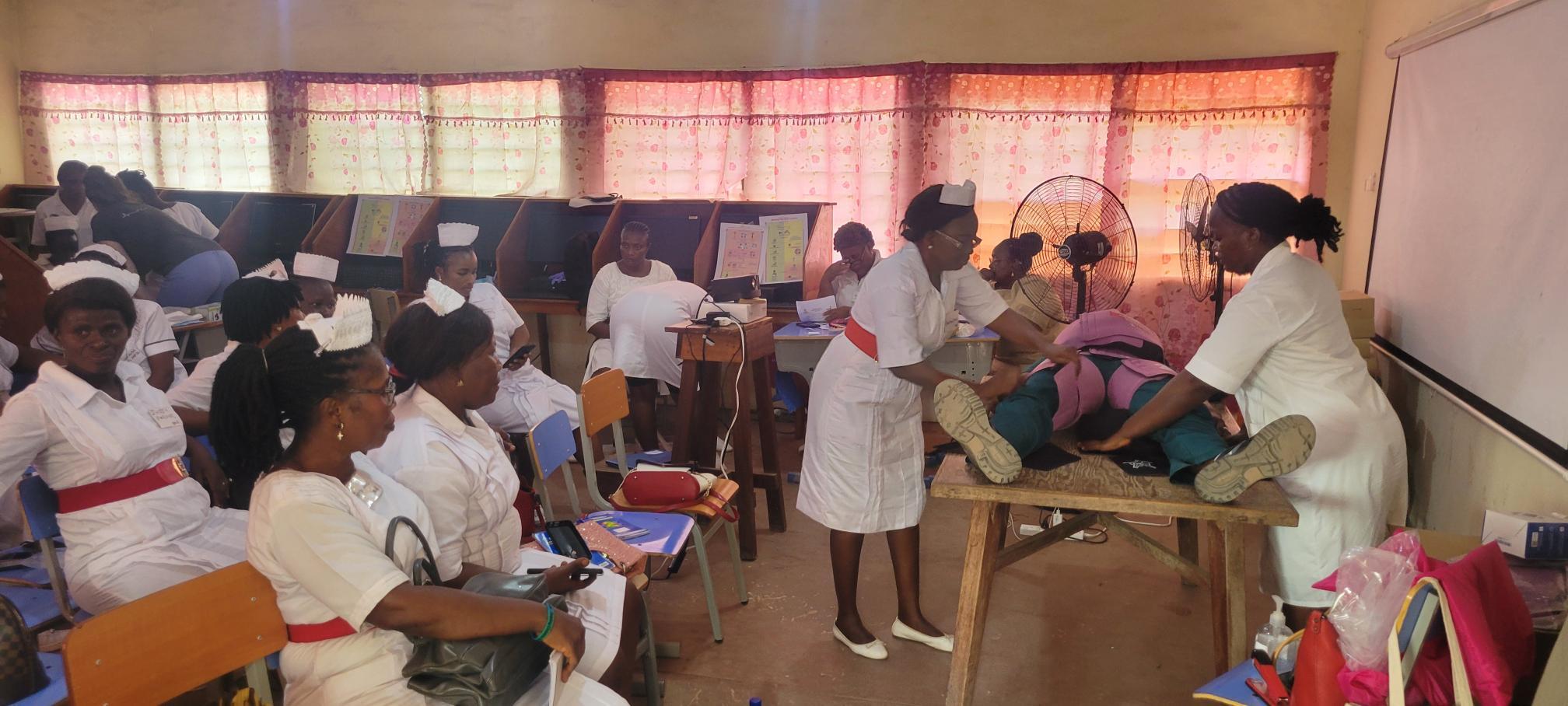ImpactAlpha, May 8 – Dental care is often an afterthought in global health. But as anyone who’s had a toothache knows, it can be urgently essential.
In Latin America, three out of four people lack access to oral healthcare or receive poor quality care.
When Greg Krupa, a global health entrepreneur from the US, moved to Ecuador, he spotted an opportunity to build a for-profit social enterprise to provide affordable, basic dental services for low-income and rural families.
The model for Novulis: Provide high-quality dental care through a network of mobile clinics to treat workers and their families on farms, seafood processing centers, construction sites and other workplaces.
Then came a pandemic. How Novulis survived, and has grown since, illustrates the power and also the challenges of “social impact incentives,” a financing structure designed to ensure that growing social enterprises maintain their focus on vulnerable customers and measurable social impact outcomes.
“There can always be tension and mission drift amid social enterprise growth models, but what we had here was a massively changing business baseline,” says Bjoern Struewer of Roots of Impact, the organization behind social impact incentives, or SIINCs. “We learned we need to be more adaptive in impact-linked finance.”
Foundation of health
Dental health wasn’t an obvious career trajectory for Krupa, who spent his early career in legal research and environmental advocacy. He started in healthcare working with his brother, David, in Guatemala and Ecuador at the Range of Motion Project, a nonprofit that distributes high-quality but affordable prosthetics. (David lost his foot at a young age.)
“It was my first experience being an entrepreneur in the global health space,” Krupa tells ImpactAlpha, and one that encouraged him to look into other models for impact. “I decided I wanted to build a social enterprise that could actually raise investment capital and have a revenue stream associated with the services being provided.”
Krupa discovered the need and opportunity in oral healthcare through a business school friend who was an oral surgeon.
“Oral health is always an afterthought in global healthcare, but it’s the number one disease globally and it’s also the foundation of a person’s overall health,” he says. “So many comorbidities are linked to oral health: heart disease, diabetes, dementia.”
When Krupa moved back to Ecuador in 2015, “I decided that’s what I wanted to focus on,” he adds.
Five years later, Novulis was operating two mobile dental clinics and had treated more than 14,000 patients. Ninety percent of its patients were underserved. Companies were signing up with Novulis to provide care to their employees.
“Dentistry is always among the top three requests from employees when they’re polled about benefits and health services, because most don’t have access to dental care,” Krupa says. “There’s not a culture of prevention, so they live with pain in their mouths.”
Krupa had bootstrapped the for-profit company with revenues, grants and small angel investments. Looking to finance Novulis’ expansion, Krupa and his team connected with Roots of Impact, which had been piloting SIINCs with other social enterprises in Latin America.
SIINCs encourage social enterprises to deepen their commitment to low-income, rural and other vulnerable populations as they grow by using a mix of investment and philanthropic capital to pay social enterprises to achieve specified impact targets.
In Mexico, Clinicas de Azucar successfully used the impact-linked blended financing mechanism to reach more underserved patients while expanding its diabetes treatment services around the country. Root Capital received $1 million in SIINC payments for its lending activities to smallholder farmers across Latin America.
By early 2020, Roots of Impact had put together a $280,000, three-year SIINC investment for Novulis. To receive the funding, Novulis had to raise outside investment capital and hit specified targets on the number of vulnerable patients treated, the number of workers’ family members treated, and customer satisfaction.
“This business is set up to reach the poor, so it was really about staying on track,” says Struewer. “We always look for metrics that are feasible and not a burden to the entrepreneurs.”
Novulis raised nearly $1 million in matching funding from IDB Lab, a division of the Inter-American Development Bank, Ecuadorian corporate Grupo Futuro, Kiva, and a company clients. The Swiss development agency stepped in as the outcomes payor for Novulis’ impact achievements.
Krupa signed the SIINC contract on March 13, 2020. The Covid lockdown started days later.
“That investment was a silver bullet that saved the entire company,” says Krupa. “Dentistry was one of the most exposed, highest-risk services during the pandemic. The funding allowed us to not only continue providing services but also to grow—in the middle of the pandemic.”
Survival skills
Ecuador was hit particularly hard by the early waves of Covid-19. Novulis was forced to scale back rural operations because its company partners would not allow Novulis’ mobile clinics to treat workers’ families at work and farm sites.
Novulis moved its mobile dental services into urban areas, delivering its specialists directly to patients’ homes. But many of its urban customers were higher-income patients – exactly the kind of strategy shift SIINCs are meant to mitigate.
“Novulis experienced how problematic reaching the poor can be when everything closes down,” says Struewer. “It was very vulnerable to the effects of the pandemic.”
The partners quickly realized that the original impact targets wouldn’t be achievable and would need to be reset. Roots of Impact worked with Novulis to find new impact metrics that were meaningful but still attainable for the business.
“We had a tough negotiation. I can still remember how many hours and days we worked on this case,” recalls Struewer. “There was a risk of significant shifts in the model because it was so dependent on having open clinics and serving the same clients again and again.”
The partners agreed that treating workers’ family members wouldn’t be feasible until the lockdown was lifted; Novulis should instead focus on treating as many vulnerable patients as it could safely reach and aim for about 60% underserved patients (down from the original goal of more than 90%). The metric around quality of care and customer satisfaction took on added importance.
The partners also renegotiated the SIINC’s disbursement terms, giving Novulis a large payment upfront to buy a transport van and personal protective equipment, or PPE, for its staff.
“We developed what must be some of the most advanced safety protocols for dentistry, and then started to provide care in the city, using our portable assets to provide care at people’s homes,” says Krupa. “During April, we were profitable. We should have been totally bankrupt, but we were the only game in town.”
Back on track
Novulis has since refocused on its down-market customers. It has seen more than 24,000 patients, 70% of whom are from low-income and rural backgrounds. The company says it has treated over 40,000 cavities and supported a 40% reduction in dental disease among its patients.
Novulis just received its final slug of SIINC financing. Roots of Impact considers the implementation a success. That wouldn’t have been possible without the flexibility of the SIINC structure, which made it possible to respond quickly to Novulis’s new business environment, says Struewer.
Novulis’s renewed focus on low-income patients has set up the company for a raft of new funding for growth. Kiva’s $100,000 loan, which was used for a new mobile clinic and three portable treatment units, is nearly repaid. Novulis is now in negotiations with Kiva for a larger loan.
“We want to see the loans we’re providing being used toward the social impact—expanding Novulis’s reach in rural areas and reaching more patients,” Kiva’s Luke Seidl says.
“There’s a really strong case for the model,” he adds, “and they’ve demonstrated incredible resilience.”
Novulis is also in talks with humanitarian NGO SOS Children’s Villages for a $1.7 million grant and partnership to provide dental care to children and families in the six communities where SOS operates in Ecuador.
“They’re the perfect example of a social enterprise that is sustainable but needs new routes to market,” explains SOS’s David Katzlinger. “I have six routes to market [through SOS’s programs] in Ecuador where we can reach 30,000 people.”
The grant is part of a much larger funding plan for the partners. Novulis, which is gearing up for its first equity raise next year, is first in line for capital from SOS’s new impact investing initiative. Katzlinger says the NGO is setting up a €100 million to €150 million carve out of its €1.5 billion annual philanthropic spending that will allow the organization to play the role of catalytic investor for high-impact projects and social enterprises like Novulis.
“Charities need to work with market-based facilities to reach any kind of scale,” says Katzlinger. “It’s much more lasting than if we only bring our charity work.”
Novulis and SOS are also working on a donation-based funding stream from dental practices in Ecuador and the US. The Solidarity Dental initiative registers practices to donate 1% of their revenues to reach underserved patients in Ecuador.
“The nut that we’re trying to crack is not an easy one,” says Krupa. “The types of investors and organizations supporting us are not looking for a 10x return on their investment. They’re looking for a 10x or 100x return on social impact.”
“We’re collectively facing a global downturn, multiple crises, and a funding gap to reach the Sustainable Development Goals that has only grown since the pandemic,” he adds. “Positioning ourselves as a high-impact social enterprise that is linked to solutions puts us in a better position to raise capital at a time when traditional fundraising is difficult.”
Bottom-up blended finance
Stuewer points to Novulis as an example of a trend among SIINC entrepreneurs: their fundraising strategies appear to be influenced by the blended-finance mechanism.
“Blended finance often takes a very top-down approach,” he says. “We’ve found that when we provide capital to entrepreneurs through SIINCs, many then go out and raise blended finance themselves. And they do it strategically: ‘I need 20% grants, 40% equity, working capital.’ It’s a bottom-up approach.”
The real learning from Novulis, however, is evident in how SIINCs and other results-based impact finance mechanisms are designed.
“Nowadays, it’s standard for us to renegotiate if the environment is changing, because there are other situations where enterprises need to be able to respond,” says Struewer.
Changes to financial services policy, energy subsidies or agricultural import/export rules can all affect social entrepreneurs’ business environments.
“In major events, results-based finance people need to react,” Struewer adds. “We don’t want to arbitrarily lock entrepreneurs in. We want to help them keep the momentum going—with discipline—to achieve impact.”











